What is the chipboard material, where is it used
As well as plywood there are several other sheet materials that are used in construction, for interior decoration. One of them is chipboard or particle board. Inexpensive, popular material that is used for cladding frames, for flooring or ceiling filing.
The content of the article
What is chipboard and production technology
Chipboard - sheet building and finishing material. The name is an abbreviation for the technological name - particle board. The standards set the name for particle board, but in everyday life it did not take root, so most people use an abbreviated version. It is a plate made of sawdust pressed under pressure and at high temperature, connected with a binder (natural or artificial).
Production technology: main stages
Chipboard is made from woodworking industry waste - sawdust, small shavings. Non-commercial wood, waste wood, cuttings, etc. can be shredded. The production process is as follows:
- The chips are sorted by size - for normal chipboard strength, there are several layers of chips of different sizes in the plate. Inside they have larger shavings, along the edges - smaller ones. The multi-layer material is more durable and the small chips are more aesthetically pleasing.
- The finished particle carpet is pre-pressed - compressed, checking the required parameters, and if necessary, make changes.
- They are fed into a press, where, at high temperature and high pressure, the chips turn into a monolithic material.
- Cut to size, cool.
- They are sorted by grade, stored or sent for grinding, lamination and other processing methods.
This is one of the technologies, but it can change. For example, in the production of a single-layer chipboard, large chips are additionally crushed, for which special equipment is used.
Formaldehyde emission class
With an insufficient amount of natural binder (contained in a sufficient amount in conifers), synthetic binding substances are added to the chips during production. These are mainly phenolic and phenol-formaldehyde resins. Since they contain volatile substances that in large quantities have a harmful effect on humans (formaldehyde), a classification has been developed according to the degree of emission of this substance.
Each batch of material, according to the results of laboratory studies, is assigned a certain class. E0.5 is the safest material allowed for use in childcare facilities. E1 is also considered safe, suitable for use in residential premises. Higher classes - E2, E3 and E4 can be used only for outdoor work or as temporary materials (for example, when creating removable formwork for concrete).
Also, in the production of chipboard, substances can be introduced into the shavings that increase the moisture resistance of the boards. In the "original" version, chipboard does not get along well with moisture, so the usual material is not used for outdoor work, but is applicable only for rooms with normal humidity levels. With the addition of paraffin or its emulsion, the water resistance increases significantly (15% warpage versus 22% or 33% for normal species of different classes).
Types and scope
Chipboards have many types. First of all, they are divided according to the field of application:
- Construction. It can be used both inside and outside. Must be durable, moisture resistant, resistant to the spread of fungi and bacteria. To obtain these characteristics, additional components are introduced into the chips during mixing. It can be sanded or not sanded - appearance is not always important.
- General purpose. Suitable for indoor use, as it does not have moisture and biological resistance. Slabs of this type are usually used to make furniture and are used for interior decoration.
- Special. This material is made on special order. On request, the boards can have certain dimensions or special properties (fire resistance, increased bio- or moisture resistance).
As you know, for each type of work it makes sense to choose a certain type of chipboard. This will optimize costs - not spend too much, but also not save on quality.
Chipboard-based decorative materials
General purpose boards can be decorative. They are first grinded on special machines, then covered with a decorative coating:
- Melamine foil followed by lacquer coating. The process is called laminated, and the material is laminated. The letter "K" is added in front of the name.
- Melamine paper, but on machines under pressure and at high temperatures. The film is glued (rather, fused) at temperatures from 150 ° C to 210 ° C. The process is called lamination, the material is laminated, the letter "L" is added to the name - Chipboard... This coating significantly improves water resistance, improves appearance. Such plates are used for the manufacture of furniture, for interior decoration.
- Veneer. Veneer is the thinnest saw cut of natural wood. It is glued to the surface of the board, then covered with a layer of varnish. In appearance, it is not very different from natural wood, it is used for the manufacture of furniture and for interior decoration.
For the uninitiated, it can be difficult to understand which is better: laminated chipboard, chipboard or veneer plates. The worst option is laminated chipboard panels. The varnish is quickly erased, then thin paper with a printed pattern is wiped off. The product is damaged, cannot be restored.
The other two types are laminated chipboard and veneered chipboard - approximately the same in terms of the reliability of the coating, but veneered chipboard has a lower moisture resistance, and is much more expensive. Despite the fact that modern technologies make it possible to very accurately reproduce the surface of wood, stone, and other natural material, it is not very reasonable to pay a high price for veneer coverage.
Dimensions, characteristics, classification
The dimensions of the chipboard sheets are standardized by GOST, as are the maximum deviations for each of the values. But many enterprises form their own specifications, increasing the permissible deviations. Therefore, when buying a batch, do not be lazy to measure several sheets to choose from. So, the dimensions of the chipboard plates are as follows:
- Thickness: 10, 13, 16, 19, 22, 25 mm. The maximum deviation for sanded is 0.3 mm, for non-sanded from 0.4 mm to 0.7 mm, depending on the thickness.
- Width: 1220, 1500, 1750, 1830 mm. The permissible deviations are 3 mm.
- Height: from 1800 to 3500 mm in 10 mm increments, dimensions may differ from nominal by 5 mm.
In terms of height, there is usually not such a large assortment. Most often you can find 2440, 2750 and 3060 mm. There are also "halves" in width - 910 mm.
Grade
Depending on the quality of the composite material, chipboard is divided into the following grades:
- 1st grade. Perfectly smooth surfaces and edges. No extraneous inclusions, chips, delamination, or other defects. Most often, most of the first grade is sent for further processing - grinding, lamination, etc.
- 2nd grade. There are minor defects.These can be cracks, irregularities, deviations in thickness in a small range, delamination of the composite. Not all of these disadvantages are combined, but only a few.
- Off-grade products, or, more simply, a marriage. Major defects listed above. It can be used only as a removable formwork, and even then not for all areas.
Whatever the sellers say, significant defects are defective, which means cheap sheets. And you should not use them for construction. Not for sheathing, nor as a crate. Is that in the barn on the partitions, and even then ...
Brand
There is also such a classification of chipboard as a brand. There are only two of them:
- P-A. It is more durable in tension and bending, has less roughness, is less prone to swelling and warping when the standard humidity is exceeded (the degree of deformation from water is 22%).
- P-B. It is more fragile, not so smooth, has a lower water resistance (the degree of warpage from high humidity is 33%).
The brand of chipboard PA is worth buying for those works in which the appearance is important or the strength requirements are high. In other cases, it is better not to spend extra money.
Number of layers
Monolithic particle boards were originally created. They consisted of one layer. The material was not very strong, stratified at the ends, had an unpresentable appearance. But it was used, since single-layer chipboards have good characteristics at a low price.
After several decades, after numerous experiments, they began to make three-layer chipboard boards. Large chips are taken into the middle layer, two outer ones are formed from small ones. In this case, the material is monolithic, there is no separation of layers. This allows you to simultaneously increase strength (not so brittle when bending), improve the appearance (small chips make it possible to grind to smoothness) and not too raise the price (due to the use of large chips). So a three-layer chipboard can be called the best choice.
There are also five-layer chipboards. But they are expensive, rarely appear in stores, and it is almost impossible to find them in the markets. This is one of the types that are made to order. It is used in car building and other "serious" industries.
Water resistance
Initially, chipboard boards had low water resistance and could not be used in wet rooms or outside buildings. To improve this characteristic, paraffin or paraffin emulsion was added to the mass. The material is usually called moisture resistant chipboard, and the swelling from moisture is 15%.
Moisture resistant construction chipboard is used for external cladding frame houses, on a continuous crate for some types of roofing materials. Laminated moisture-resistant chipboard is used for the manufacture of furniture for the bathroom, kitchen, countertops are made of thick plates.
How to choose particle boards
We are talking about choosing an "ordinary" unfinished plate. You should immediately pay attention to the marking. It can be applied to the side edges or stamped on the pack. Focusing on the marking (brand, grade, water resistance), choose the material that suits you according to its characteristics.
If there is no marking at all, this is a bad sign. All self-respecting manufacturers put identification marks on their products. Whether or not to buy unknown material with incomprehensible characteristics is up to you.
Further, the following parameters should be evaluated:
- We check the appearance: chips, peeling, surface defects.
- Colour. The best chipboard is light beige, maybe a slightly grayish shade, without spots and transitions. It's not bad if it is slightly reddish - this means that rotted wood chips have been used. This does not affect the strength characteristics, but it is better not to use such material in wet rooms or for outdoor decoration.The worst option is a dark color. This is either a sign that the technology was violated (overexposed under pressure or overheated), or a lot of bark was used. Both cases degrade performance.
- We estimate the porosity of the slab. Take your keys, a piece of wire, or any other solid object and try to stick it into the ends of the stove. Material of normal quality does not react to these actions in any way. If the item is causing delamination, look for a more durable material.
- The formaldehyde emission class must be indicated in the labeling or accompanying documents. If not, you will have to rely on the sense of smell. With normal emissions, the smell of chemicals is almost imperceptible at a distance of a meter. If it is strong, this material is not suitable for interior work.
- In three-layer slabs, larger chips must be located inside. This can be clearly seen on the edge of the slab.
Differences in thickness are also important, but it is difficult to assess them on a separate plate. You can "walk" along the edge of several slabs with a drawing pen or micrometer. But this only gives a rough idea of the thickness at the edges. It is not easy to check the deviations in the plane of the slab. The only thing you can look at is a stack of slabs. If it is skewed, there is a deviation in thickness somewhere.

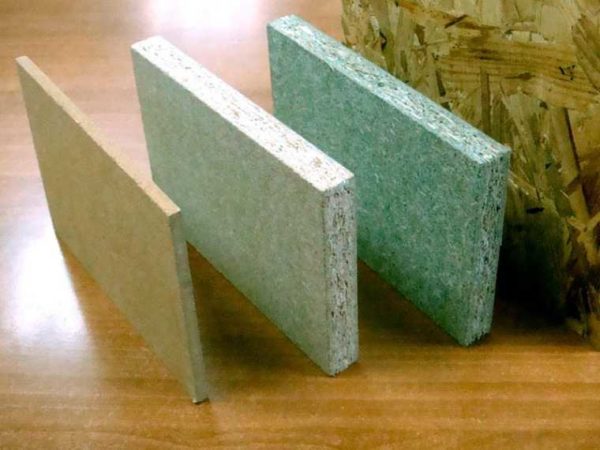
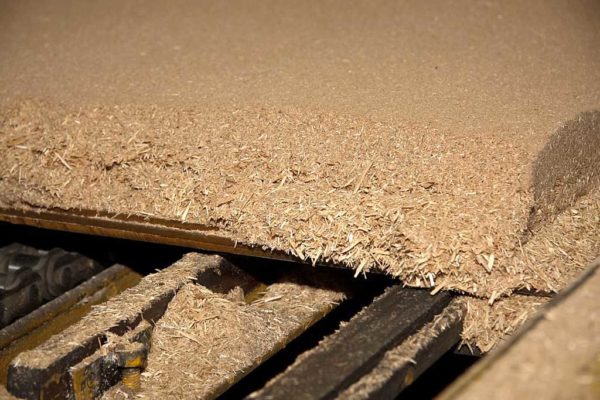

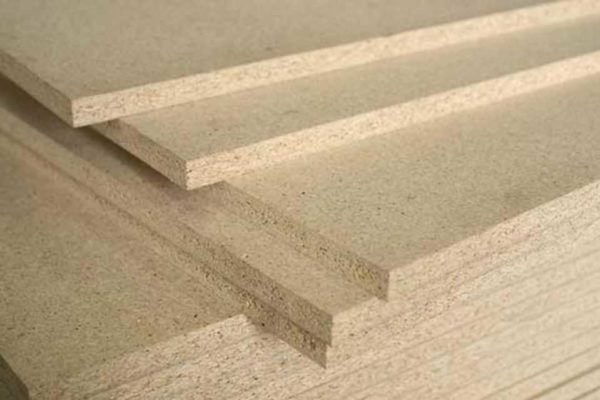
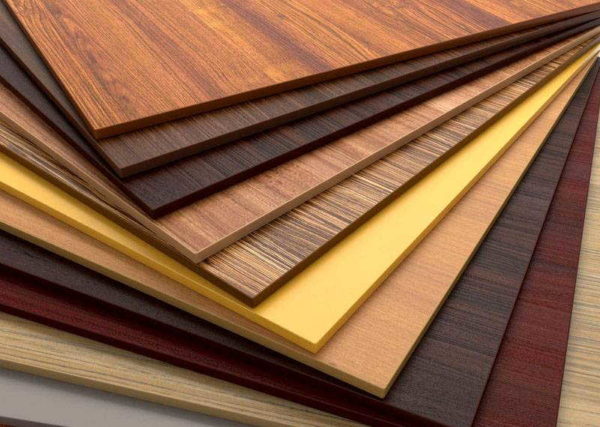
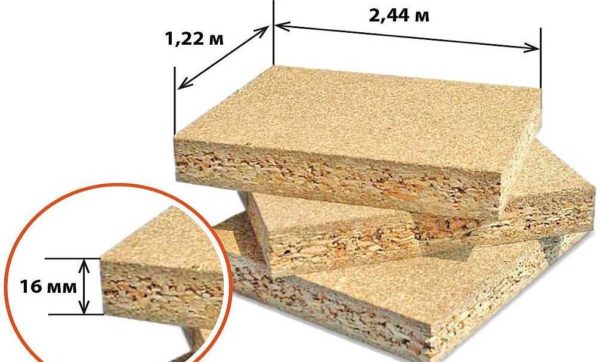
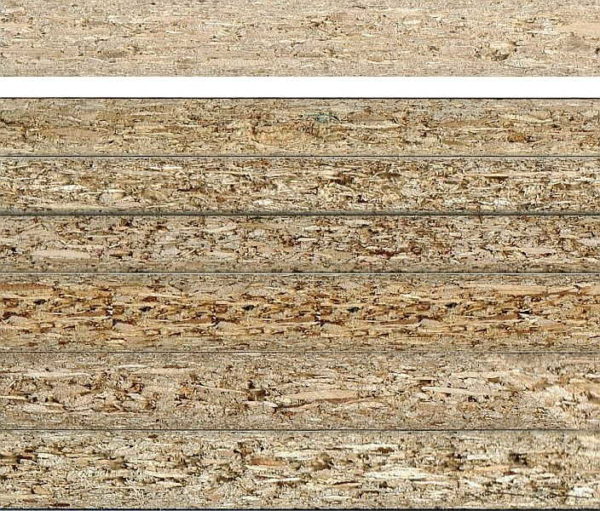
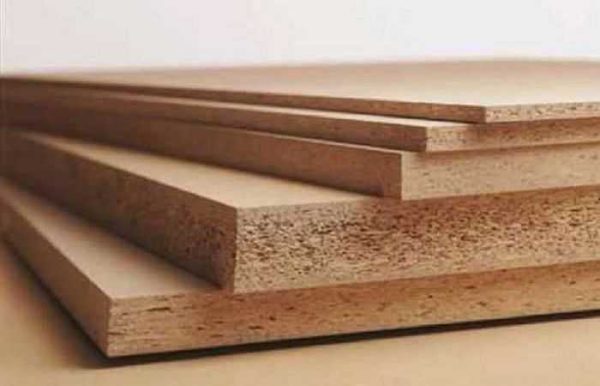
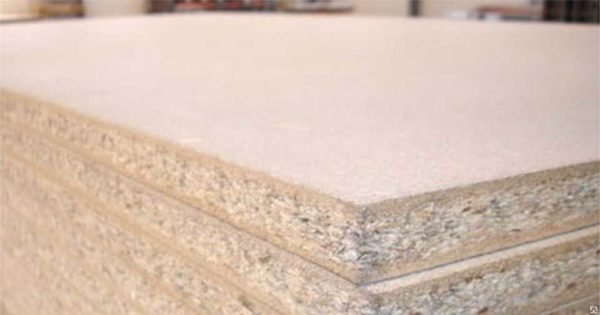
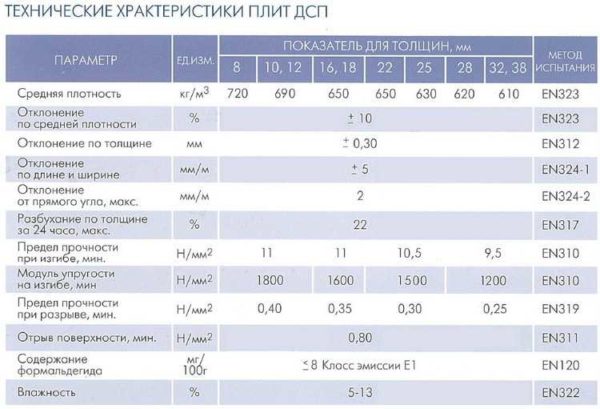
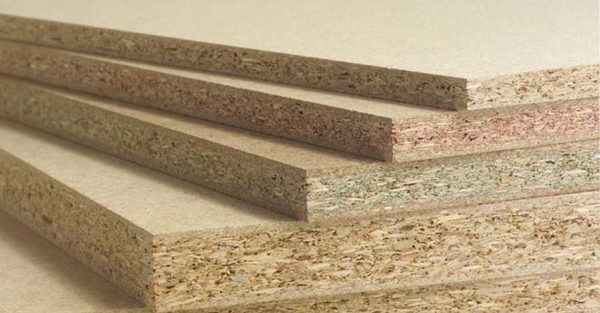
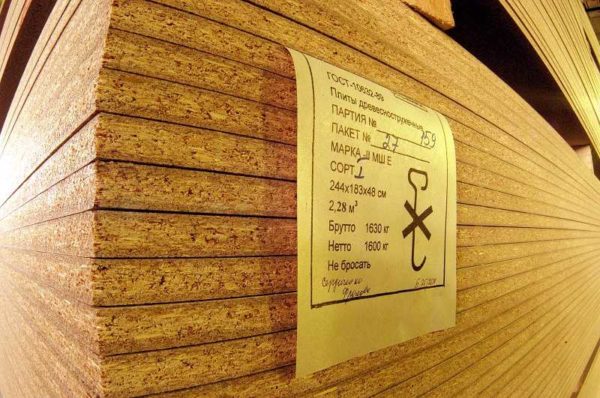










I am relatively calm when chipboard is used for the manufacture of cheap kitchen walls and cabinets - everything is familiar from Soviet times. It is perplexing when chipboard is used to make the basis for upholstered furniture, for example, a box of sofas. The most interesting thing is that such a sofa with a shavings base can cost more than 20 thousand rubles. Fans of economy will soon start using cardboard - the sofa will break faster, they will buy a new one faster.